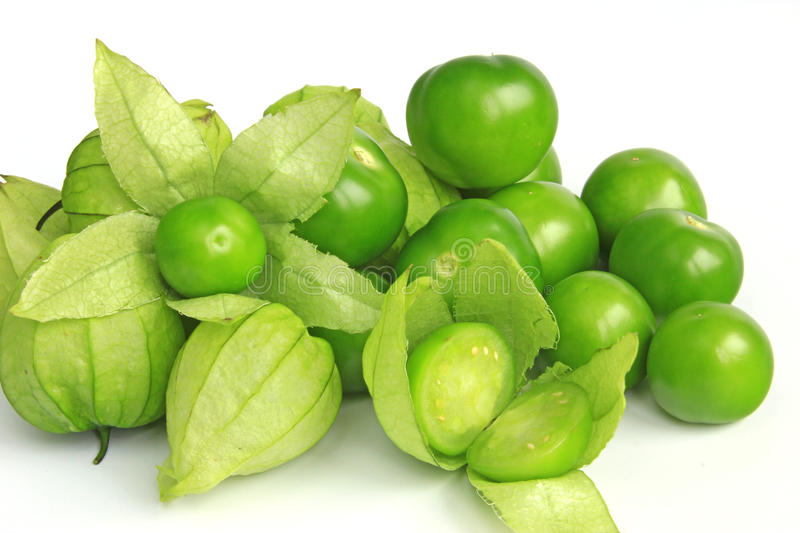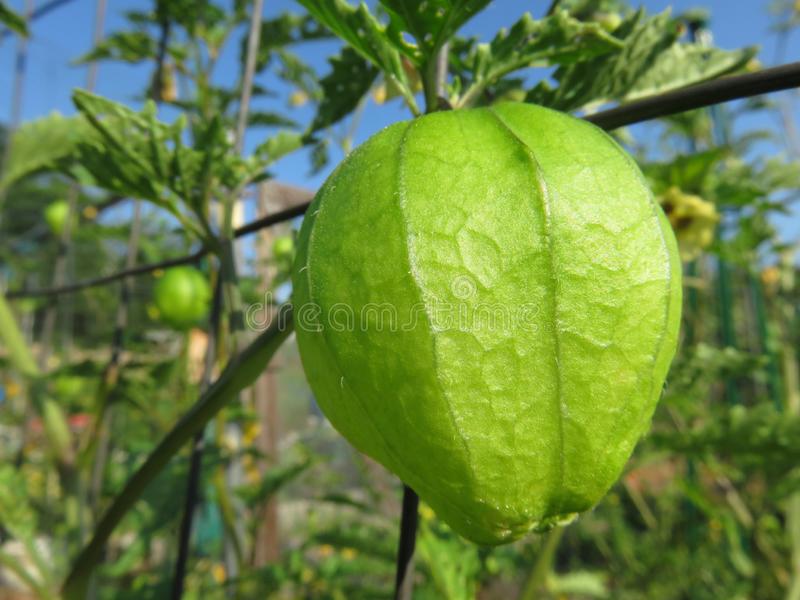
Surprise: The essential ingredient in the green salsa recipes of Mexican cuisine is not green tomatoes, but fresh tomatillos — fruit with a citrusy sweet flavor. Dainty paper husks encase the tomatillo, and by late summer, what seems like thousands of fruits dangling from the plant’s branches.
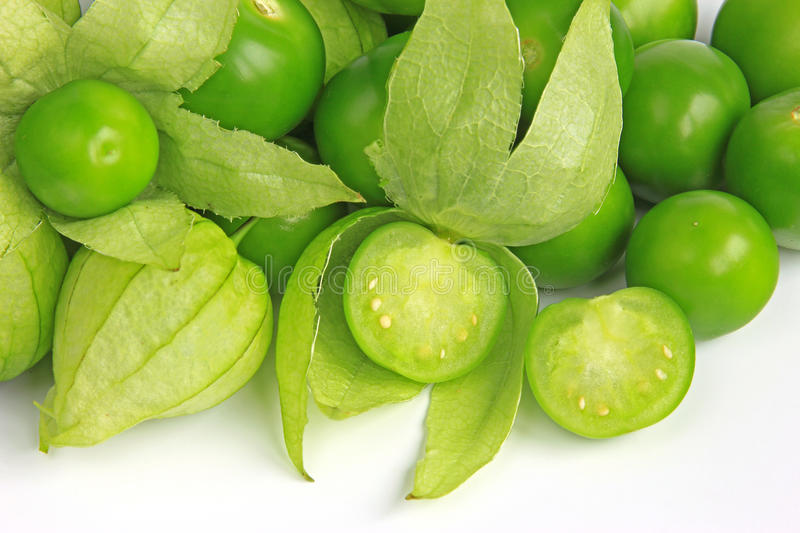
Native to Mexico and domesticated by the Aztecs around 800 B.C., the tomatillo is one of our most ancient food bearing plants. Today, gardening gurus can grow seeds of varieties from the same two species the Aztecs grew. Physalis ixocarpa is commonly sold in markets and has large (up to 2 ½-inch-diameter) tart green fruits, which ripen to pale yellow. Physalis philadelphica produces sweeter, marble-size purple fruits. This species is a common field weed grown in Mexico, but the taste is no less delicious.
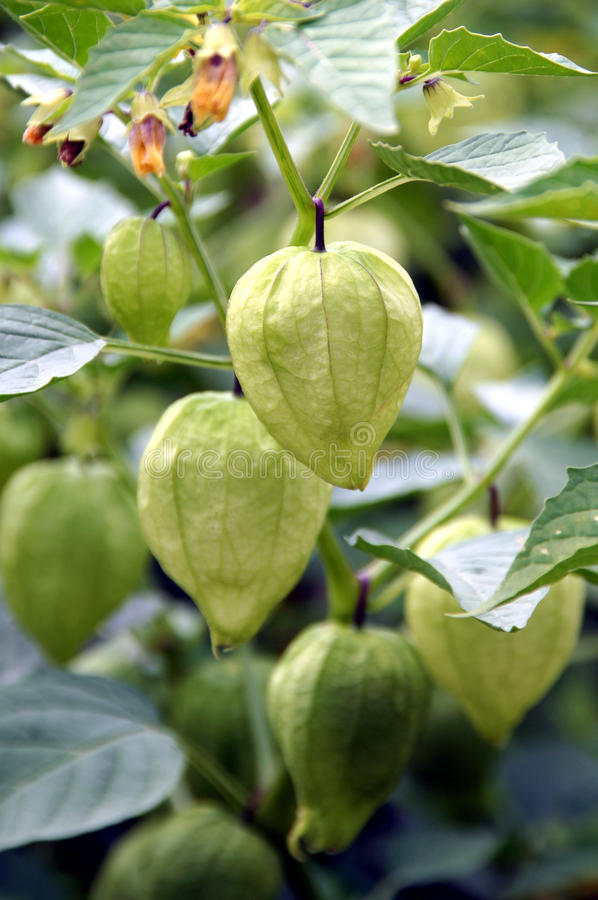
Choosing A Growing Site
Select a growing area with full sun exposure and well-drained, moderately rich soil. The tomatillo is a lighter feeder than tomatoes, and while they are tough semi-wild plants, they do not fare well in soggy, poorly drained soil. Work a couple inches of compost into the soil before planting seeds, and fork deeply to improve drainage. Raised beds work great for the tomatillo plant if your garden has heavy clay soil.
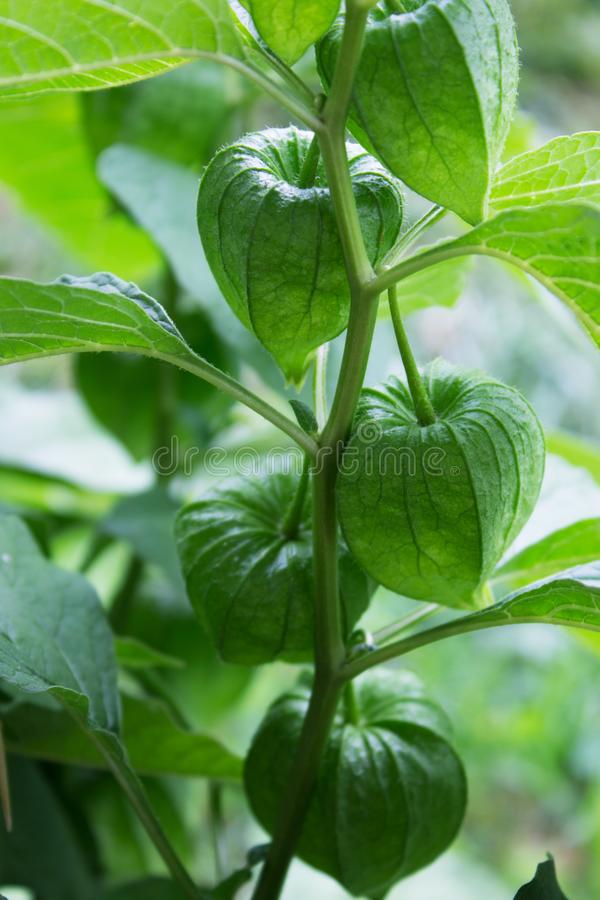
Planting
Start tomatillo seeds indoors six to eight weeks before your last frost date. Harden off indoor-started plants before transplanting outdoors to the garden. Set out at the same time you plant your tomatoes, when all danger of frost is past and the soil is thoroughly warm.
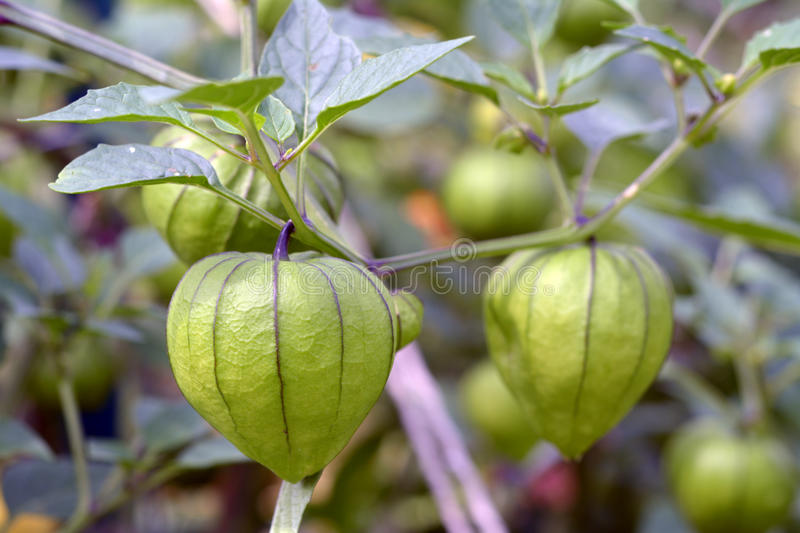
Tomatillos are much like their nightshade family cousin the tomato, in that the plant sprouts roots along the stems, so it profits from being planted deeply in the garden. The indeterminate, sprawling plants grow 3 to 4 feet tall and at least as wide, so space the plants 3 feet apart in rows 3 to 4 feet apart. Plan to give them support in the form of gardening trellises or tomato cages, unless you want to harvest the ripe fruits off the ground. Two to four plants are sufficient for fresh use
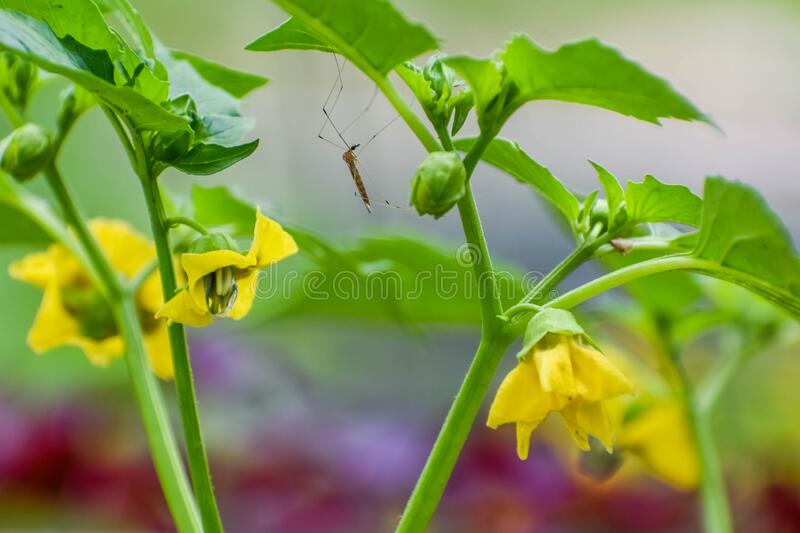
Growing
Tomatillos are hugely prolific and produce nonstop until laid low by frost. Start by applying 2 to 3 inches of organic mulch, such as grass clippings, to suppress weeds and keep the soil moist. Although moderately drought-tolerant, tomatillos do best with an inch or so of water per week. If space is limited, pinch off the growing tips to control spread. Fertilizer is not needed.
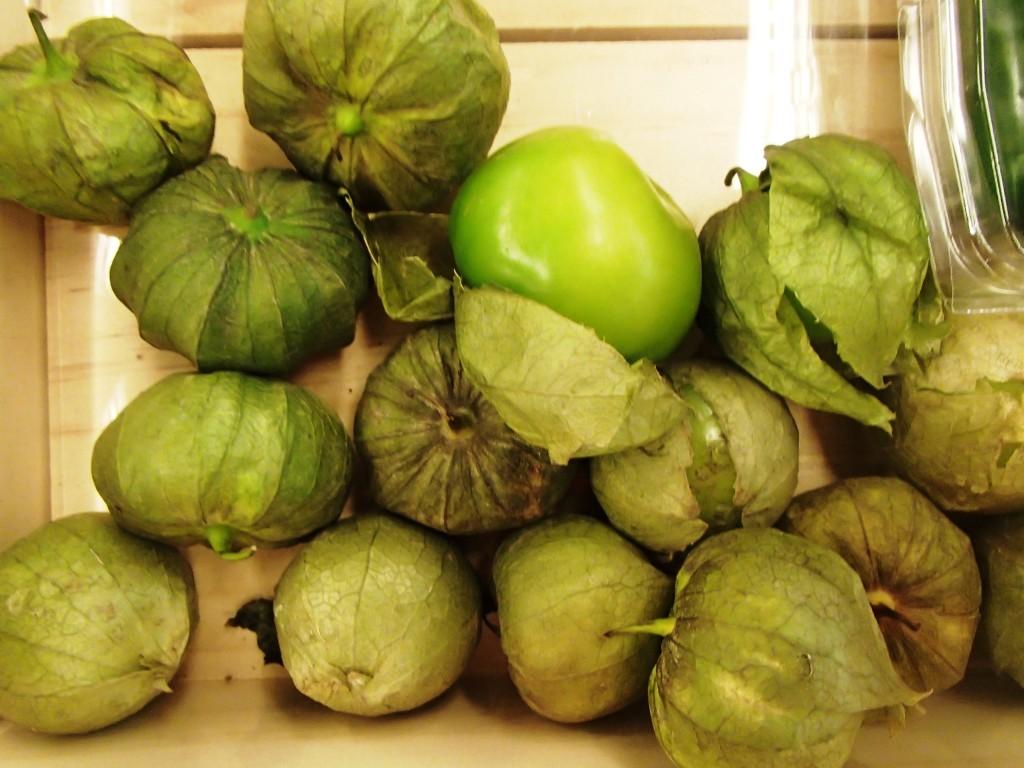
Harvesting
You’ll be preparing your first organic salsa verde about 75 to 100 days after transplanting seedlings. Harvest tomatillos when they fill out their husks and the husks just begin to split. If the fruits feel like mini marbles inside loose husks, wait awhile, but harvest before they turn pale yellow, as they become seedier and their flavor loses the desired tanginess as they ripen. Store harvested tomatillos in their husks at room temperature for up to a week or in the refrigerator for up to three weeks.
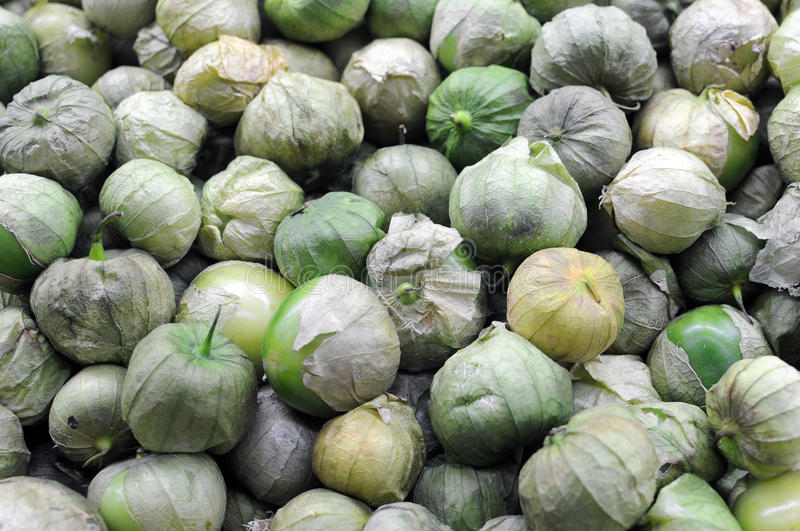
Newbie hint
Harvest all your ripe tomatillos to prevent a forest of self-sown seedlings next year. Consign overripe and rotten tomatillo fruits to your hot compost heap.
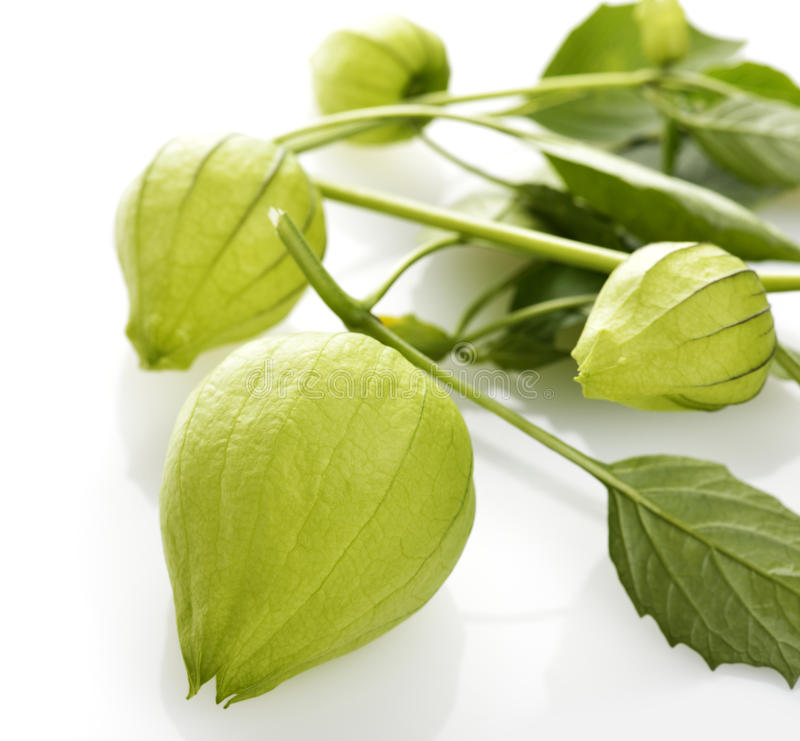
Upkeep
Though the tomatillo seems like some exotic vegetable, they are popular with beginner gardeners, because they rarely suffer disease or insect pest problems. Cage the plants off the ground to allow air to circulate—which protects them from diseases, such as early blight—and to keep them out of reach of slugs and snails. The tomatillo plants aren’t as heavy as tomato plants, and the undersize wire cages typically sold for tomatoes work fine for supporting tomatillos.
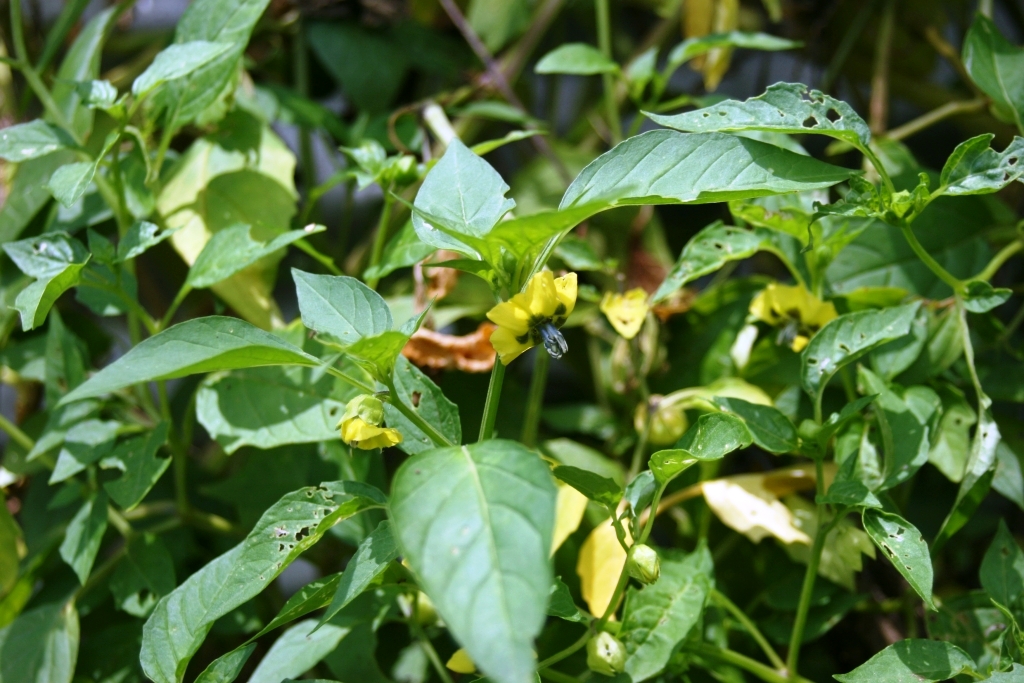
Tomatillos are not self-pollinating like their tomato cousins. In order for the tomatillo flowers to set fruit, you must grow at least two plants. Otherwise, you’ll be left with lots of pretty little yellow flowers and none of the tasty green edible fruit.
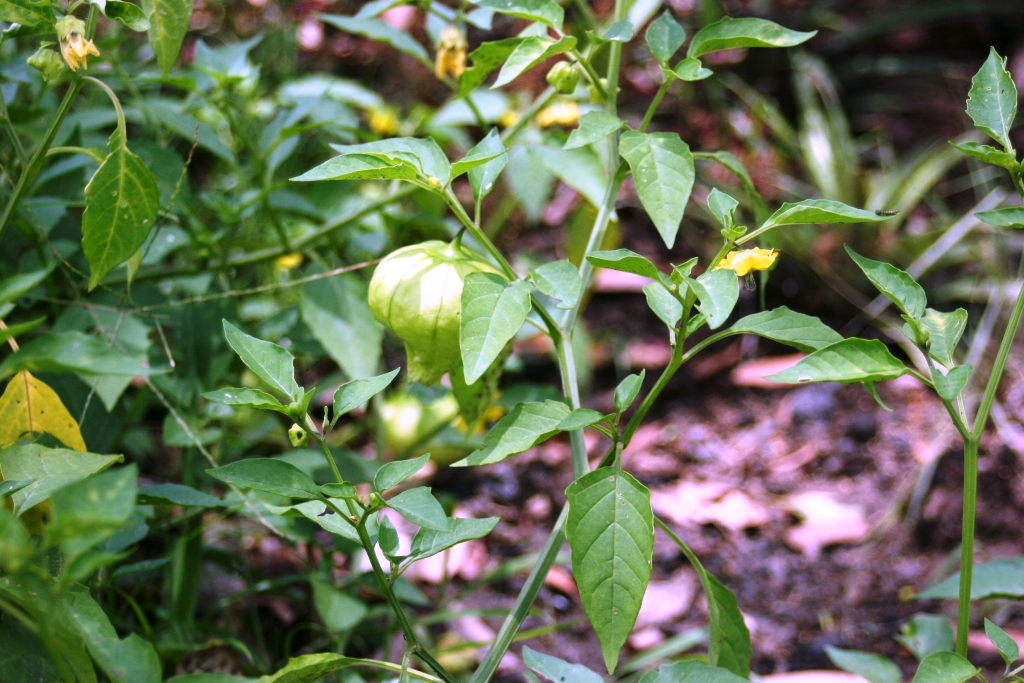
Preparation Techniques
Preparing tomatillos for cooking or storage is easy. Just remove the papery husks and wash the sticky fruits inside. Tomatillos need no coring or seeding before being incorporated into your favorite recipe. To freeze, simply place washed, dry tomatillos in freezer bags and seal. Although tomatillos are usually cooked, they can also be eaten raw. Garden fresh tomatillos add zest and unique flavor to hot sauces, salsas, and dips. Break out your favorite Mexican cookbook and try some new recipes, or use these ideas as inspiration.

Any questions or if buying, contact me HERE


